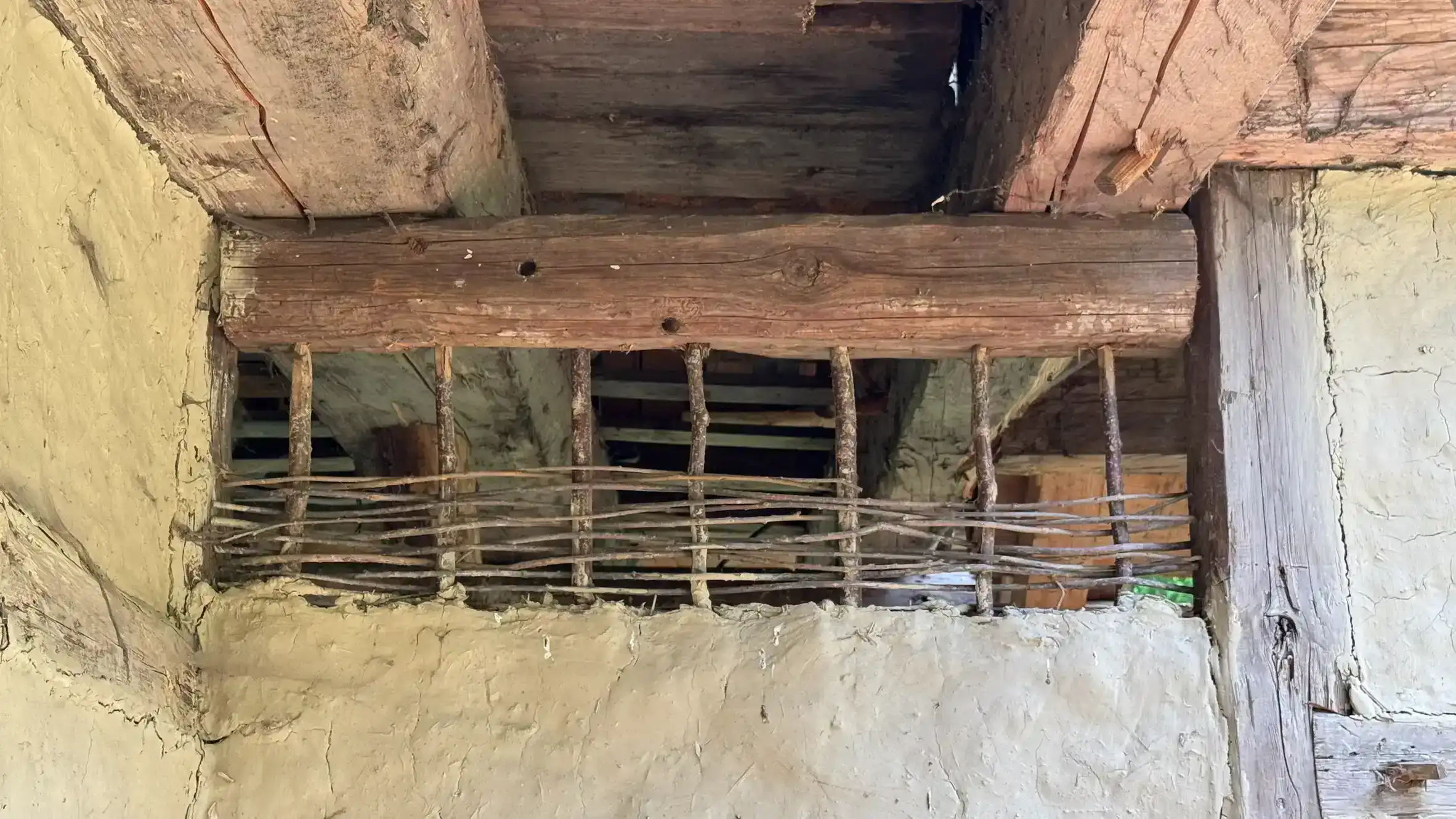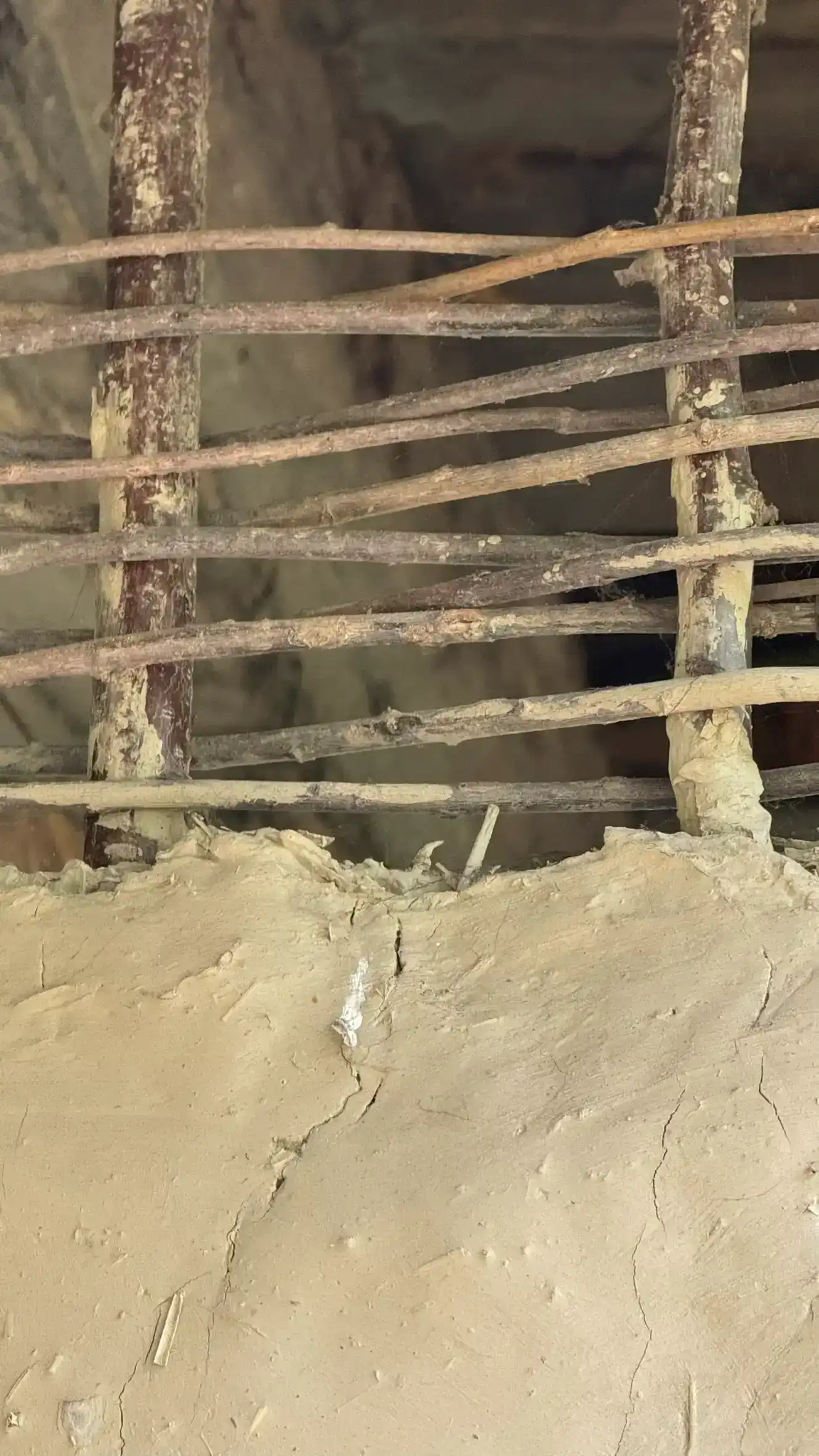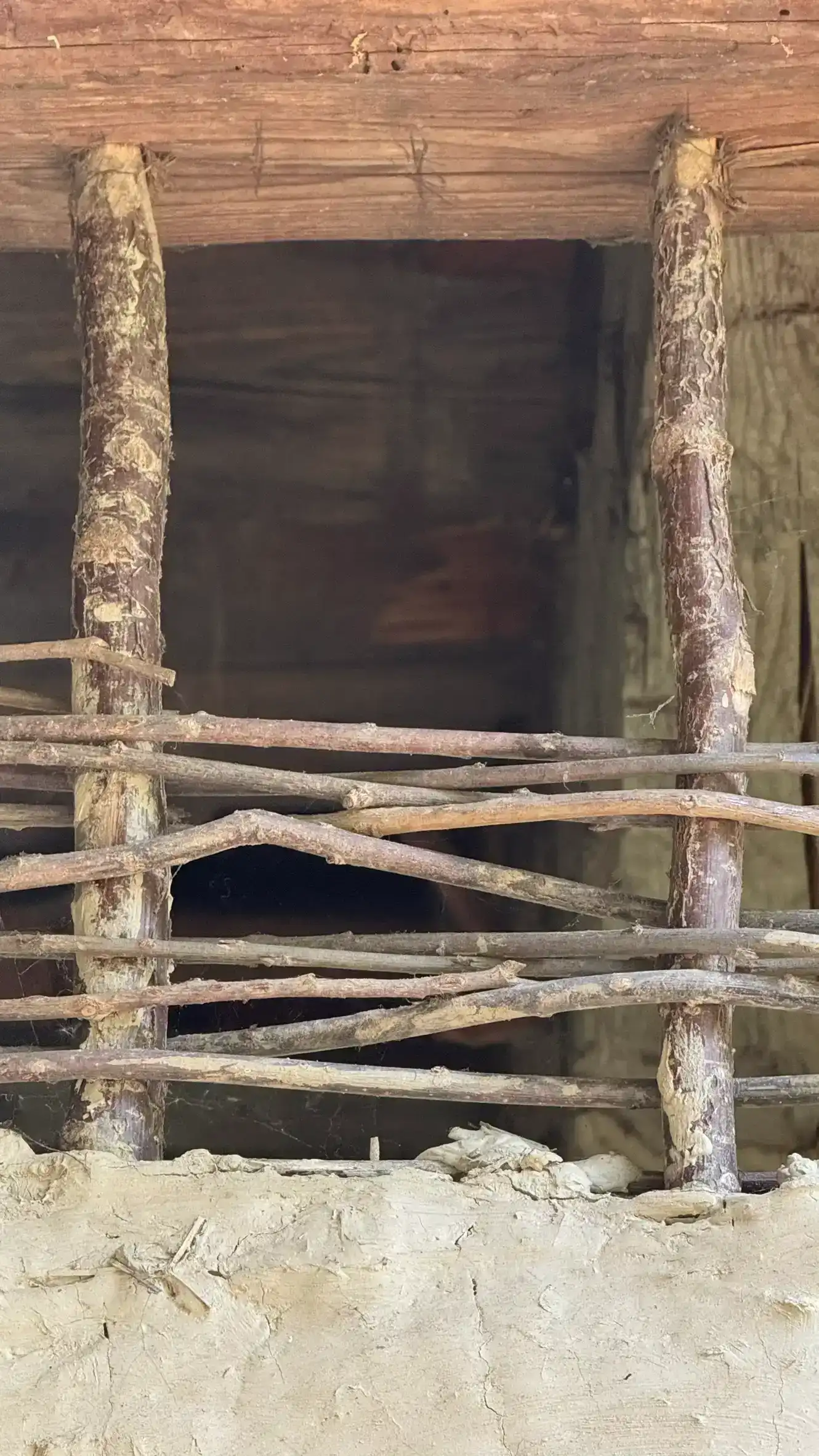Basket Weaving and Woven Wattle
Basket weaving is one of the oldest craft activities. In the arid regions of the Near East, baskets around 12,000 years old have been found. Basket making may even be older than pottery, as the first ceramic vessels originated from baskets sealed with clay, which were accidentally fired and thus became stable.
When it became a distinct profession cannot be determined with certainty. From the early Middle Ages, we lack records and information about basket weaving. In the various craft guilds founded at the beginning of the 13th century, basket makers are not mentioned – though a number of craftsmen who used baskets are.
It is likely that some craftsmen wove baskets for their own use. The fisherman wove fish traps, the bird catcher cages, and the farmer fences, transport baskets, huts and, possibly as a sideline, baskets for bakers and brewers.
The first guilds were established in Germany. In 1590, the first basket makers’ guild was recorded in Munich. Berlin did not receive its own guild until 1735.
Basket weaving is the craft that requires the fewest specialised tools. Basket makers relied on minimal equipment, which essentially consisted of a shaving horse, a knife, a drawknife and a splitting blade, as well as a mallet.
In the Middle Ages, rods from hazel, willow, alder and hornbeam were woven into fences and hurdles, doors and gates, “infill panels” in half-timbered construction, or wall linings in pits. A wide variety of transport and storage baskets were made from willow, poplar or hazel rods – as well as fish traps and cradles or prams. Mats were woven from bast, rushes and reeds.
At the castle construction site, willow is woven into infill for huts, as can be seen on a deliberately exposed section of the wall at the carpentry workshop.




